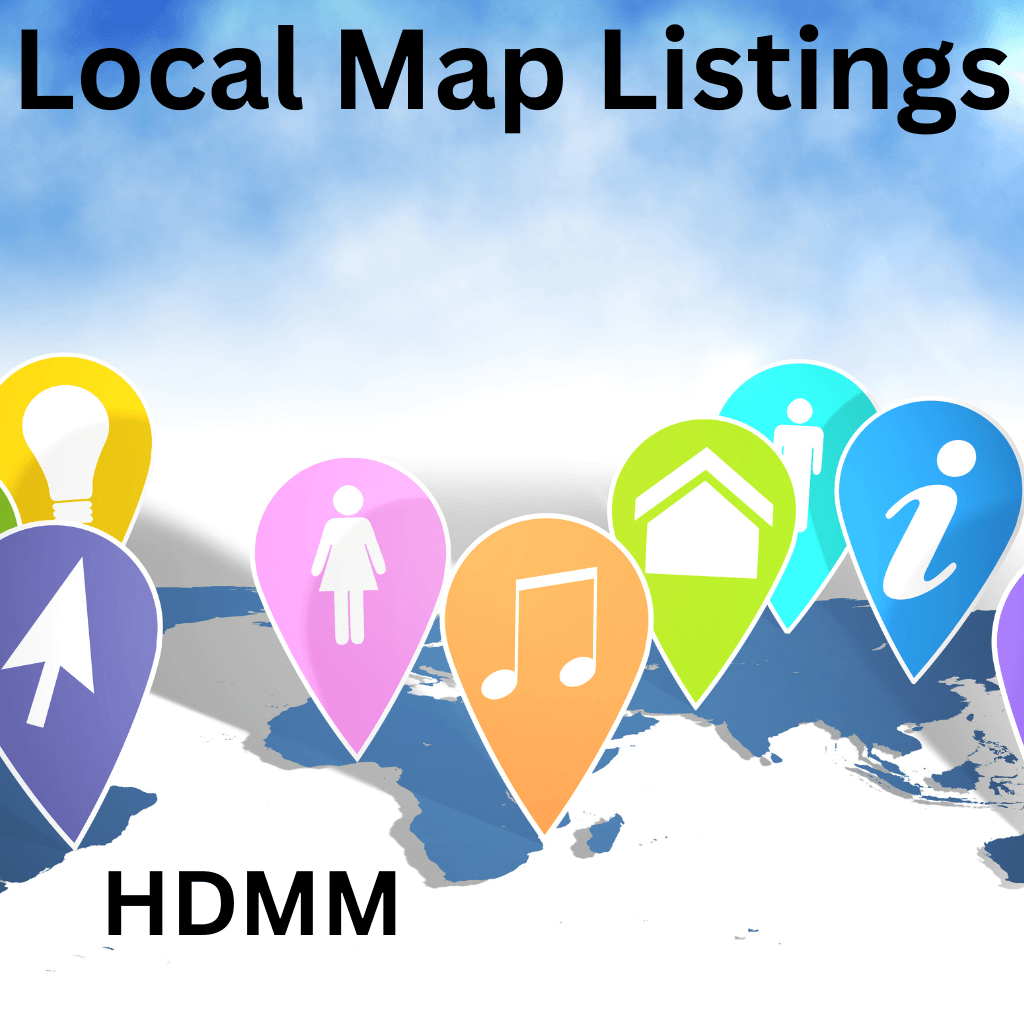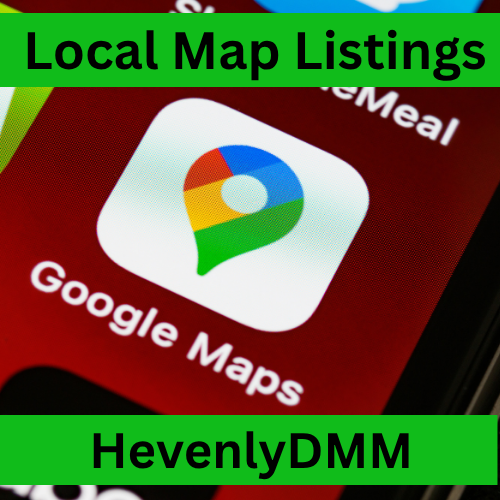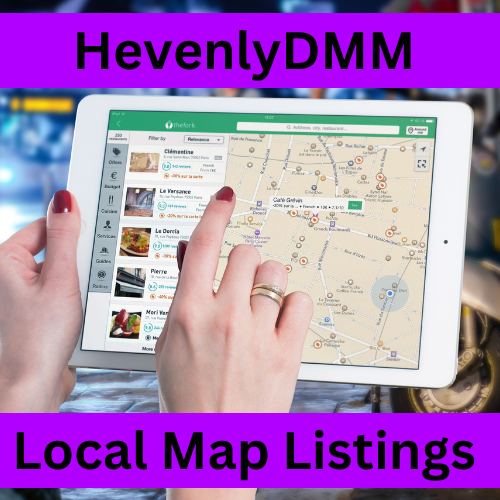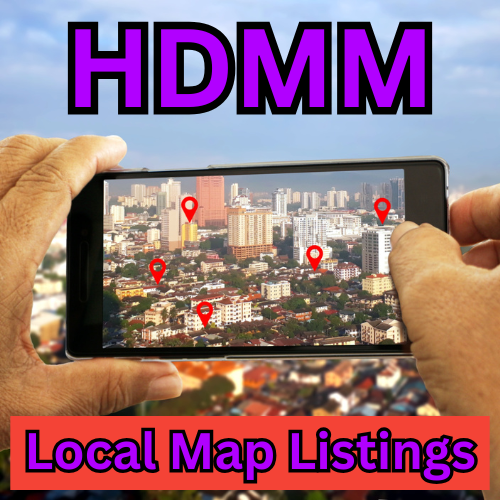You ask yourself, WHY is this Google Map position so important?
Suppose you search for a Local SEO Company near you without revealing your location. In that case, Google will automatically display the BEST 3 results on the map-pack based on your distance to those businesses. If we have a map near your location, Google will present Over The Top SEO in that 3-pack depending on your proximity to us… Chances are, like most consumers, you will check out the top 3 positions before you check any other options.




